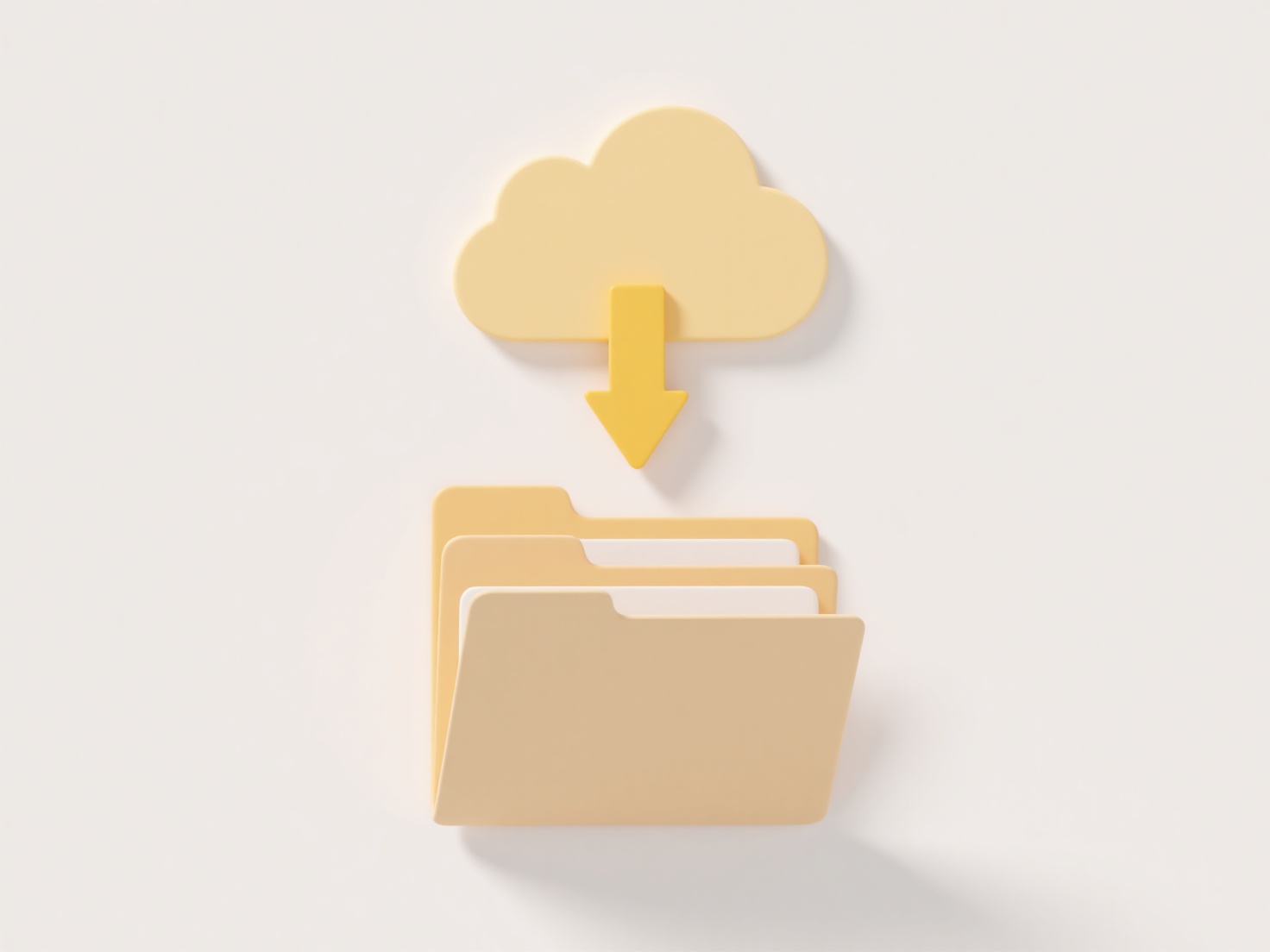
Content-based file renaming automates the process of assigning names to files by analyzing the information contained within the file itself, rather than manually typing names or using basic patterns like sequential numbering. It works by opening the file, extracting meaningful data (like text, metadata tags, or specific patterns), and then using that extracted data to form the new filename. This differs significantly from manual renaming or using timestamps/foldernames, as the name directly reflects the file's actual content.

Common practical applications include renaming invoice PDFs using invoice numbers found within the document text, or organizing photos based on the date/time embedded in their EXIF metadata. Accounting and finance departments often use specialized tools or scripts to batch-rename financial documents this way. Photographers frequently employ applications like Adobe Lightroom, DigiKam, or command-line EXIF tools to rename photo collections using capture dates or camera-generated filenames stored in the image files.
The main advantage is significantly improved accuracy and organization, especially for large volumes of files, saving considerable time and reducing errors. However, limitations exist: the process depends entirely on the file type being readable and containing identifiable, accurate data; it can fail with encrypted files, complex layouts requiring OCR, or inconsistent content formats. Ethical implications arise if renaming scripts access and use sensitive personal information inadvertently present within files. Future developments focus on AI for extracting more complex semantic meaning from unstructured content to generate even more descriptive filenames automatically.
How do I rename files based on content inside the file?
Content-based file renaming automates the process of assigning names to files by analyzing the information contained within the file itself, rather than manually typing names or using basic patterns like sequential numbering. It works by opening the file, extracting meaningful data (like text, metadata tags, or specific patterns), and then using that extracted data to form the new filename. This differs significantly from manual renaming or using timestamps/foldernames, as the name directly reflects the file's actual content.

Common practical applications include renaming invoice PDFs using invoice numbers found within the document text, or organizing photos based on the date/time embedded in their EXIF metadata. Accounting and finance departments often use specialized tools or scripts to batch-rename financial documents this way. Photographers frequently employ applications like Adobe Lightroom, DigiKam, or command-line EXIF tools to rename photo collections using capture dates or camera-generated filenames stored in the image files.
The main advantage is significantly improved accuracy and organization, especially for large volumes of files, saving considerable time and reducing errors. However, limitations exist: the process depends entirely on the file type being readable and containing identifiable, accurate data; it can fail with encrypted files, complex layouts requiring OCR, or inconsistent content formats. Ethical implications arise if renaming scripts access and use sensitive personal information inadvertently present within files. Future developments focus on AI for extracting more complex semantic meaning from unstructured content to generate even more descriptive filenames automatically.
Quick Article Links
How do I group source files and exports?
Grouping source files and exports refers to organizing your codebase by logically bundling related files and their publi...
Can I watermark a file before sharing it?
Watermarking involves embedding visible or invisible identifying marks into files like images, documents, or videos. It ...
Can I rename multiple folders as well as files in one operation?
Batch renaming allows modifying the names of numerous files and folders simultaneously using a single command or operati...